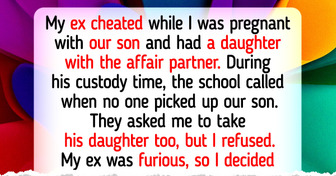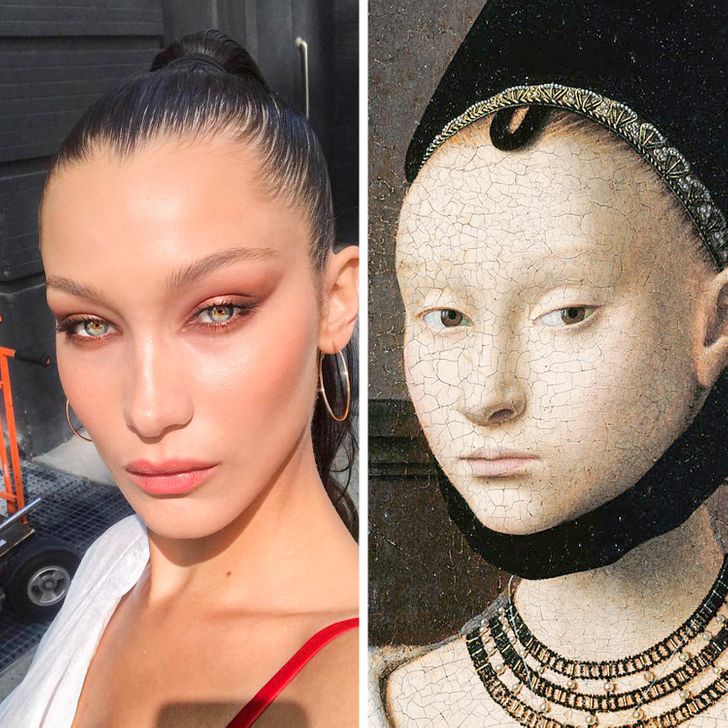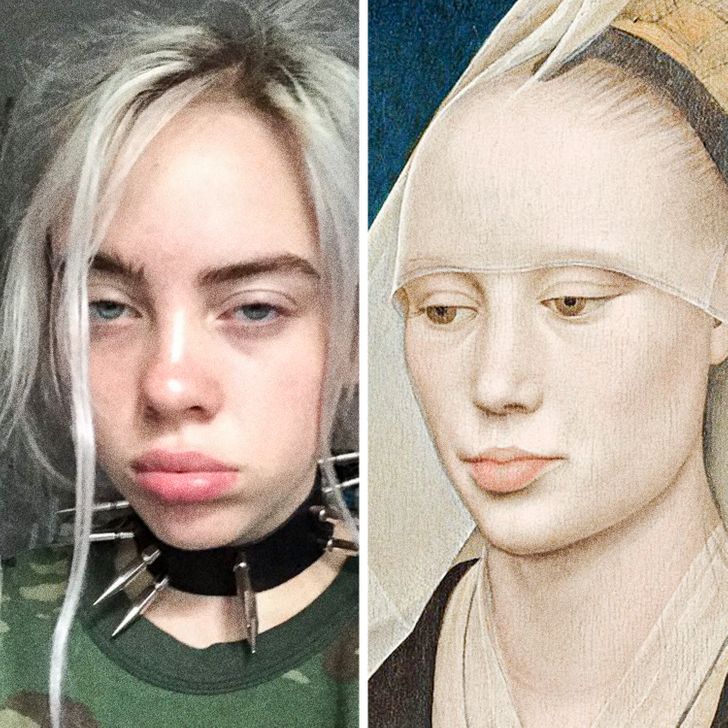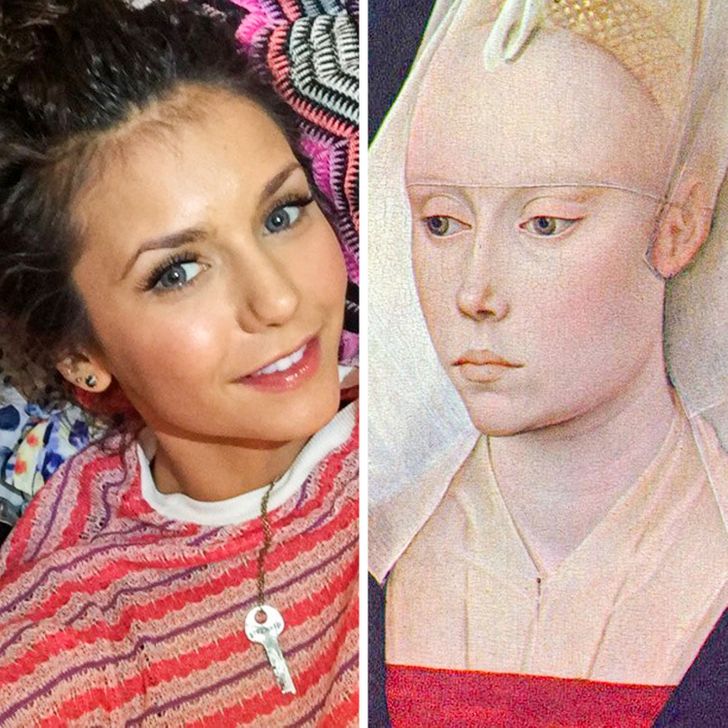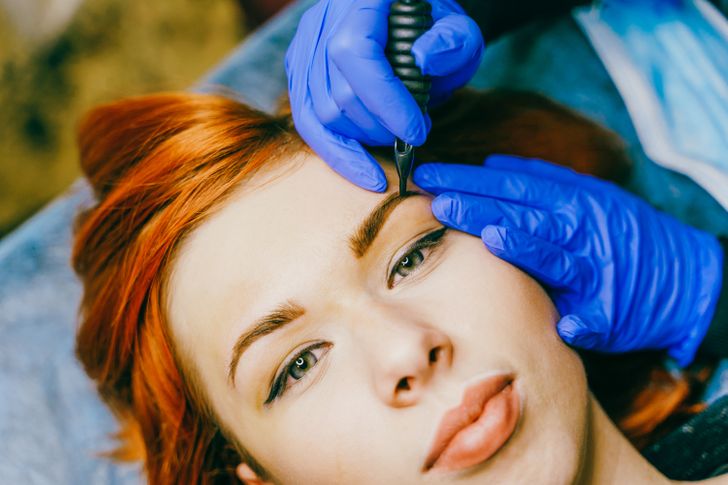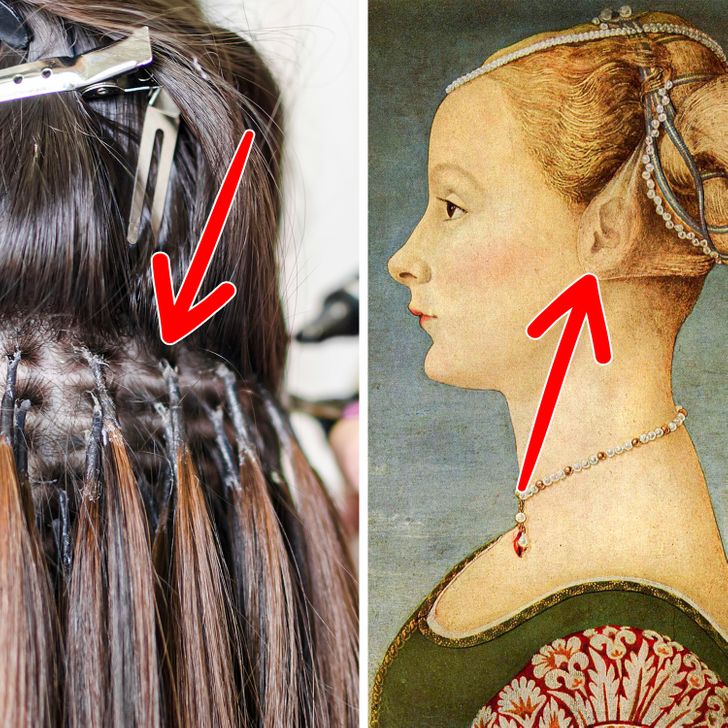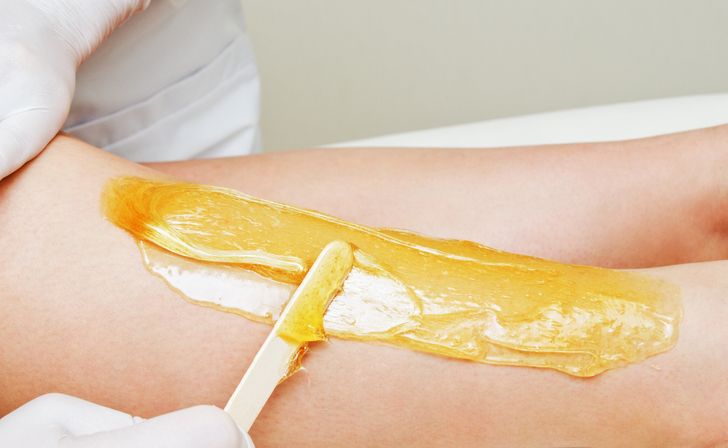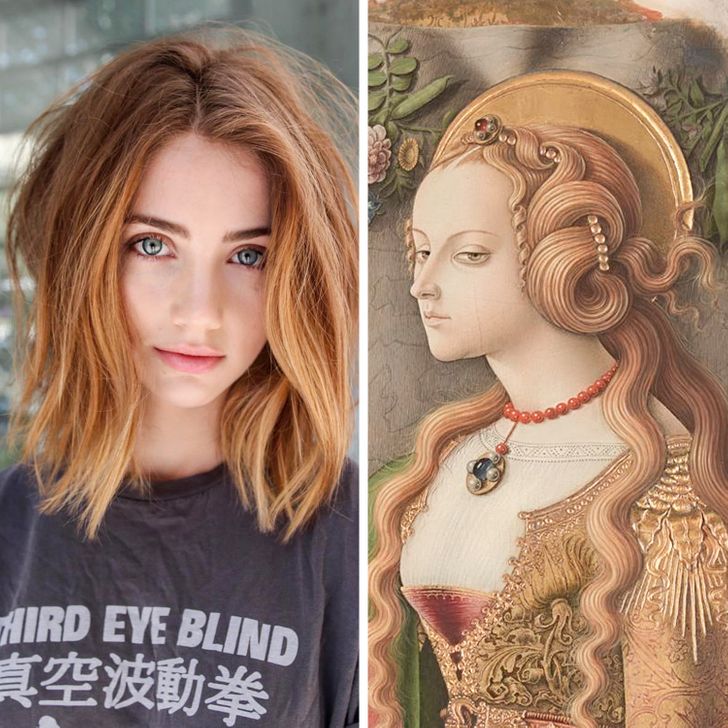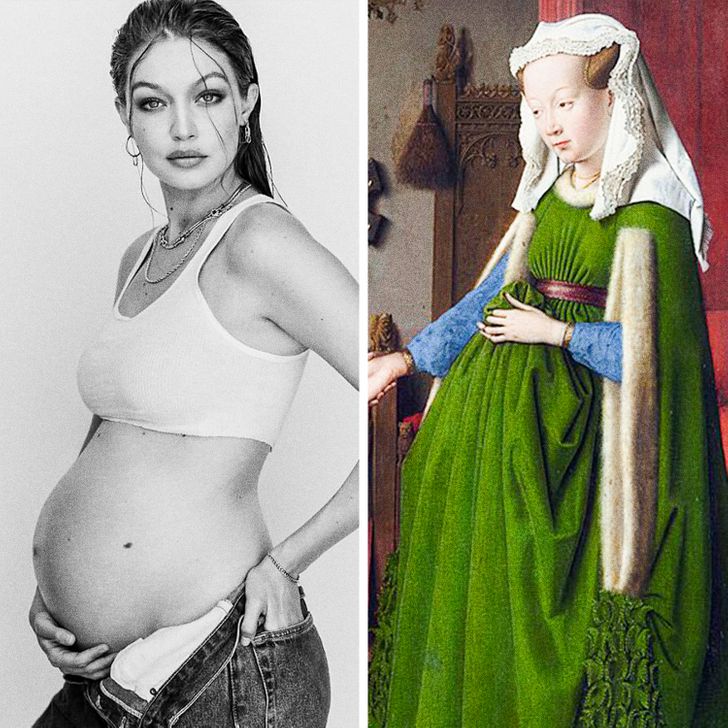my God
8 Hot Medieval Trends That No One Expected to Return
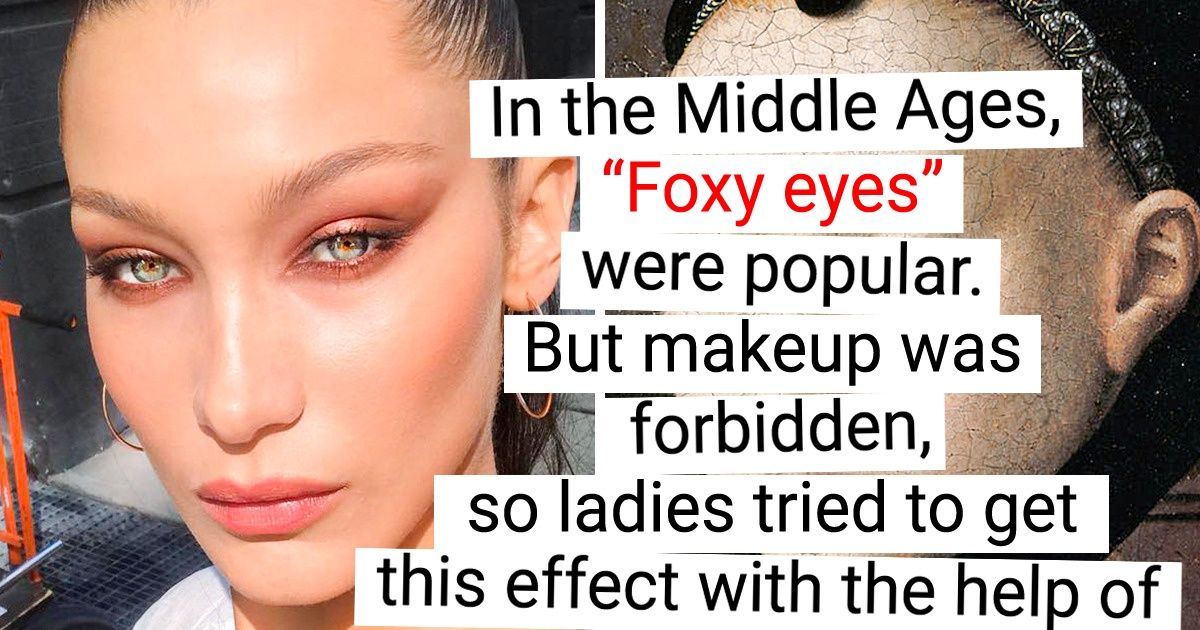
The standards of female beauty always change. As history shows, fashion trends are cyclical, and you never know which of them will steal our hearts again, and which ones will end up on the sidelines.
At Bright Side, we discovered 8 features that are as popular now as they were several centuries ago. It turns out that the bewildering peculiarities of medieval life are closer to us than it might seem. As a bonus, you will find a trend that both celebrities and ordinary women have picked up with the same vigor.
“Foxy eyes”
The “foxy eyes” were popular in the Middle Ages too. Makeup was forbidden then, so ladies tried to get this effect with the help of sophisticated methods. They plucked their eyebrows and eyelashes — both upper and lower. They also did painful things to themselves that caused facial edema. Thus, the cheeks and eyes became puffy, the eyes would narrow down and get that flirtatious foxy shape.
Puffy face
A puffy round face with slightly slanted eyes was considered very attractive in the Middle Ages. Perhaps the reason for this is rooted in the Golden Horde, which had an impressive amount of power and influence in those days. Besides, people of that era were influenced by the stories of Italian traveler Marco Polo, who visited China and described the beauty of Chinese women.
Many modern girls nowadays pout their lips, make a sleepy expression, and deliberately squint their eyes while taking pictures for their social networks. Perfect examples of these pictures can be seen on Billie Eilish and Dua Lipa’s Instagram accounts. In addition, the world has long been captivated by the Asian style, and girls with this type of appearance are currently considered to be the most beautiful in the world.
Expressive eyes
In order to make their eyes super-deep, modern girls wear contact lenses or use photo editors. In the past, noble beauties used a more dangerous method. They dropped belladonna juice, which is a very poisonous plant, into their eyes. It dilated the pupils, making the eyes shine and appear visually bigger. By the way, this is the reason belladonna means “beautiful woman” in Italian.
Makeup without makeup
Natural makeup, which is also called makeup without makeup, has been the main trend of recent years and many fashion designers, makeup artists, and famous stars follow it. The main thing is that you can use a dozen beauty products, but afterward your face should look freshly washed.
In the Middle Ages, women also had to look natural because any makeup was strictly prohibited by the clergy. But even in those dark times, women managed to correct their appearance with the use of natural products that weren’t visible on the face. For example, they made their lips brighter by rubbing them with lemon, and hid skin imperfections with the help of special concoctions.
Microblading
After the fashion experiments of the 2000s, girls signed up for microblading to restore their eyebrows. The noble ladies of the Middle Ages had a similar problem. All of them shaved off their eyebrows, which didn’t want to grow back again. The hair of their eyebrows was restored with the help of rodent fur. Later, they used human hair for this same purpose.
Hair extensions
Women of the past experimented with hair extensions as much as they do now. Of course, the church of that time condemned the wearing of wigs, but many people continued to do so anyway. At that time, hair was expensive, but noble ladies who dreamed of having luxurious hair eagerly bought them.
No body hair
Removing unwanted hair, including hair on the forehead, was considered an important beauty ritual by medieval ladies. They wanted to have smooth skin and they did it with the help of special depilation pastes. These pastes were usually made of vinegar or quicklime.
Strawberry blond
Strawberry blonde has been one of the most popular hair colors in recent years. But curls in this color were in high “demand” in the past too. However, women had a hard time trying to dye their hair. It was believed that an opal necklace would help hair to not get darker, so many women tried their best to get a piece of this jewelry.
Bonus: Pregnancy
In the 21st century, celebrities are happy to share their pregnant pictures on social networks, while ordinary women often get professional photoshoots. Nowadays, pregnant beauties are proud of their pregnancy as much as any medieval lady. In those days, the fashion for pregnancy was so strong that women often wore special false bellies under their dresses to imitate it. This style appeared during the era of the Crusades because women had to stay alone for a long time while their husbands were in a war. When the head of the family returned, their wives became pregnant, and this delicate condition was associated with happiness and health.
Which other beauty secrets or trends from the past do you think could become fashionable today? Tell us in the comments below.
Comments
Related Reads
10 People Who Show Us the True Power of Kindness
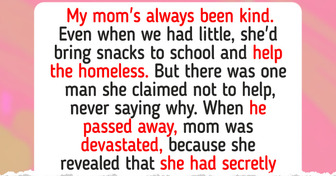
I Refused to Take My Stepdaughter on Our Family Trip
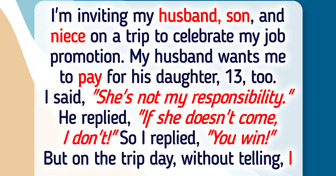
14 People Who Walked Straight Into Awkward Moments

My BFF Invited Me to Her Baby Shower, It Turned Into My Worst Nightmare

15+ Raw Stories About Jealousy That Can Leave You Speechless

I Walked Out of the Family Reunion After My Stepdaughter Handed Me a List of “Rules”
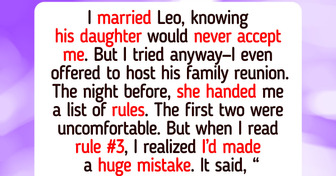
I Refused to Let My MIL Own My Family Budget, Now My Marriage Is on Thin Ice
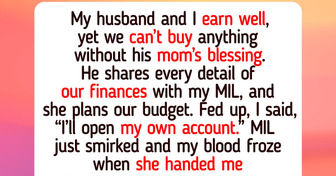
My MIL Mocked Me at My Husband’s Birthday Party—I Gave Her a Brutal Reality Check

I Helped a Friend Have a Child — Now He Wants a Relationship I Never Agreed To
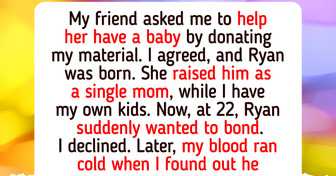
My DIL Excluded Me From Our Family Trip Photos—But She Didn’t Expect My Revenge
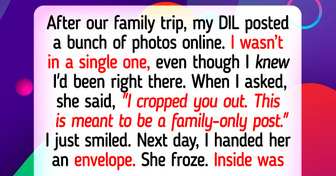
15 Stories That Prove a Small Spark of Kindness Can Light Up a Fading Soul

I Refuse to Pick Up My Ex’s Daughter, I’m Not an Emergency Driver
